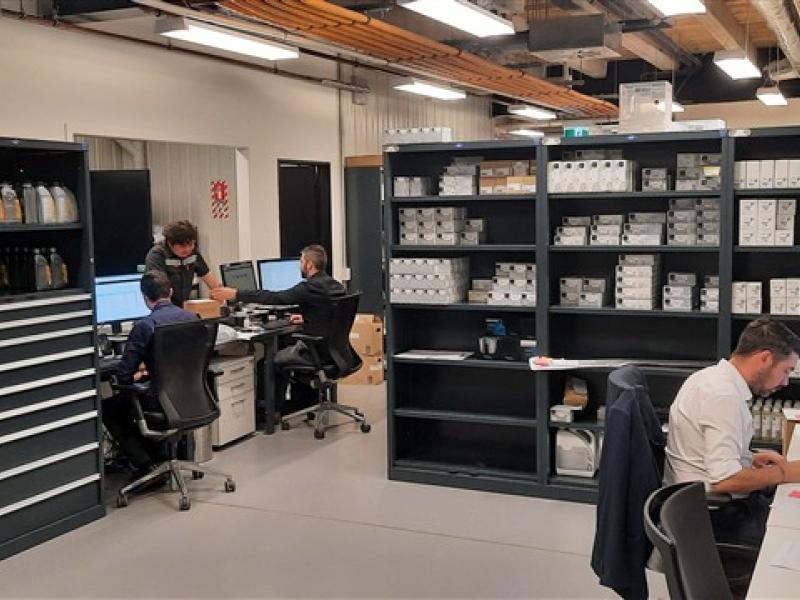Customer experience specialist
Mat Wylie shares his tips on retaining customers in appointment businesses.
When it comes to appointment-based businesses, customer experience is just as (if not more) important than it is in any other business.
The reason is simple: your goal in any appointment-based business is to build a trusted relationship with your customers so they keep coming back. If they have a great experience they also become your best source of new customers, because they will tell their friends.
Think about your local mechanic. It’s pretty unlikely you’re an expert in car engines or diesel motors, so you put your trust in your service provider to get it right. If you feel like they haven’t been honest with you, have overcharged you, or didn’t give you the attention you thought you deserved, it’s likely you’ll go elsewhere. When you look for a new mechanic, you’re likely to ask a friend for a recommendation.
Then there’s the classic example – your hairdresser. You could have been going to the same hairdresser for years, but just one time they give you a bad haircut. You feel uncomfortable complaining in person (most people would!) so you vote with your feet and leave instead, opting for another salon for your next cut. You may not necessarily go out of your way to bad mouth the business, but if someone else asks about your haircut, you’ll tell them.
All the while, your hairdresser is completely unaware that you were unhappy. Why?
Because they didn’t make it easy for you to give feedback in a way that you were comfortable with.
If you want to keep your customers, and grow your market share, you need to understand what your customers think. Unfortunately, 96 percent of unhappy customers won’t proactively complain – they just won’t come back. That’s why you need to create opportunities for customers to tell you what they think – without the awkwardness of having to complain in person – so you can fix their issues and turn their experience around.
Make feedback part of your regular process
Feedback shouldn’t be challenging to give or receive, so building it into your usual processes is always a good idea.
Try to:
Incorporate it into a follow-up email, or prompt your customers to provide feedback with a text message soon after they leave.
Consider where the ‘make or break’ points are and build your feedback request into those moments.
Ask for it as soon as possible after their experience. The further someone gets from their time with you, the less detail they’ll remember – and those details are what give you the juicy insights!
People are time poor, so keep any feedback request short and sharp.
Turn feedback into a competitive advantage
Once you’ve collected feedback, how can you get the most out of your customer feedback and create a customer experience that gives you a competitive edge?
Develop your people. Remember your people will have the biggest impact on how customers feel. If you go to a hairdresser and they were great but the receptionist was rude, it can spoil the whole experience. Share feedback with your staff and use it to train them in providing a better experience.
Respond immediately. Keep an eye on the feedback that comes in and immediately contact anyone who gives you poor feedback. The more quickly you can reach out to an unhappy customer, the more likely you are to turn them into a happy one.
Overcommunicate. One of the biggest trends we see come through feedback is that people don’t feel adequately communicated with, so be upfront if there are any delays or changes. Managing customers’ expectations means you’re far more likely to meet those expectations.
Amplify your feedback. Use your customer feedback to build your reputation online and boost your marketing. Customers want to see what other customers say about you.
Repeat customers are so critical to the success of every business – not only do they keep your business going, but they’re also the building blocks of a great reputation. That’s what helps you grow. But to keep repeat customers, first you need to understand what they think.
So how can you know what your customers want and need from your business?
It’s simple – just ask.






